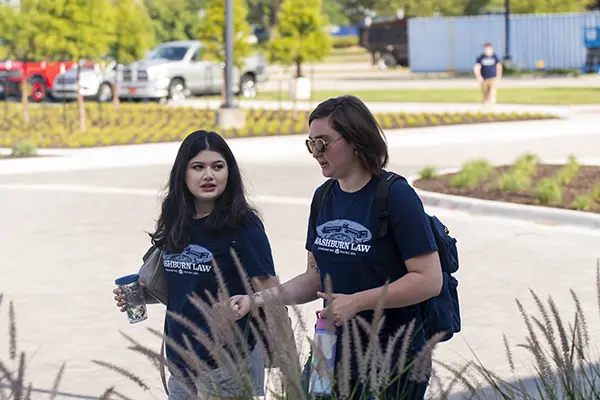


In addition to the core agricultural law course, Washburn Law offers an array of courses that relate directly to the issues faced by agricultural law attorneys. Detailed descriptions of each of these courses, can be found in the academic catalog.
The Washburn Agricultural Law and Tax Report (WALTR) is a premier resource for students interested in agricultural law. Edited by Professor Roger McEowen, WALTR provides the latest scholarship on legal and tax issues impacting agricultural producers, businesses, and rural landowners. This report is an invaluable tool for understanding the unique legal and tax challenges in agriculture and offers practical insights and research opportunities for students and practitioners alike.
Joining student organizations, such as the Agricultural Law Society, allows students to build relationships with peers, gain leadership experience, and deepen their understanding of agricultural law. These groups provide a platform for networking and professional development, essential for a successful career in this field.
Washburn Law regularly hosts speakers who are experts in agricultural law. These events offer students the opportunity to learn from and interact with professionals who are shaping the future of agriculture. Engaging with these speakers helps students stay informed about current issues and trends in the field.
Washburn Law offers externships that provide hands-on experience in agricultural law. These opportunities allow students to apply their classroom knowledge in real-world settings, working with legal professionals and gaining practical skills that are crucial for their future careers.